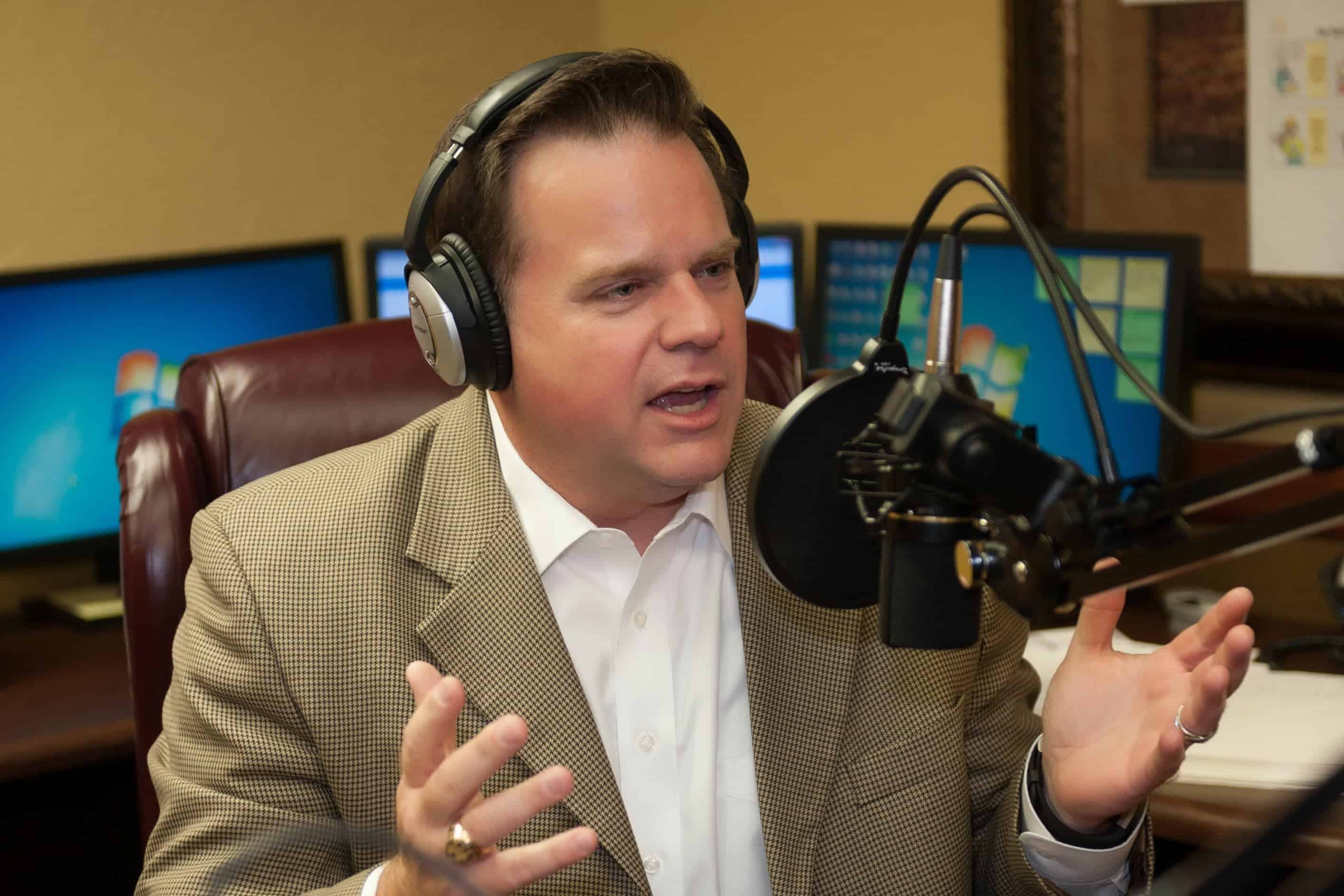If you are like many of our clients, prior to retiring, you are concerned about the process and ability to continue your current lifestyle after discontinuing your career. This is a valid concern and one that we address with every client considering retirement. To provide confidence and courage to initiate this important step, and truly enjoy retirement, we developed a unique process that alleviates these concerns and empowers our clients with predictability in their lives. Do you have a process to create the retirement lifestyle you desire?
First, you must develop a mental approach to retirement that is healthy. Worry will do nothing to resolve a challenge but make it feel more overwhelming that it truly is. To create confidence in your life, we assist our clients with the identification and implementation of activities that generate positive thoughts and enhance self-esteem. You are probably wondering what this step has to do with a successful retirement plan? It is the key ingredient! Thinking about others, showing gratitude and fulfilling the needs of others are the truly valuable “assets” in a person’s life. Qualitative characteristics of retirement are as critical to the process material resources. This stage of the process has nothing to do with money, budgets or investments. However, if we can help you become more confident by helping others, the process of retiring is simply a transition from focusing on your career to focusing on others in your community.
Helping others is one method of creating a worry-free retirement. Seek out those in need and create a legacy for yourself through service.
Next, we assist our clients in creating expectations for the next phase of life. To expect more income from your resources, than you properly prepared for during your accumulation years, is to set a tone of frustration for yourself. By prudently projecting reasonable returns and estimating living expenses that are realistic, you will reap the predictable, recurring and adequate lifestyle that you need to live worry-free. Many people believe it is too late to correct course on their retirement plan after the initial decisions have been made. This is not true. You can always create a better tomorrow through proper planning and executing on adjustments to create the life you desire. Your goal in retirement should be to maximize your quality of life. Life is too short to live in worry. A wise, old football coach, Leo Thurman, often offered advice to those around him. One such profound statement is:
“Son it don’t take long to live a lifetime.”
—Leo Thurman
Lastly, to mitigate worry, you must utilize a continuous monitoring system to help you manage your lifestyle and “stay on track”. Unlike the infomercial that promises you can “set it and forget it”, life is somewhat more challenging. You must adopt a mindset that anything worthwhile is going to require some input of your time, talents and resources. Don’t tackle a job without the proper tools and experience. You only get one chance to retire the first time. Seek out a Certified Financial PlannerTM practitioner that specializes in the needs and desires of retirees to help you build a plan that is sound and creates a worry-free retirement for you.

















